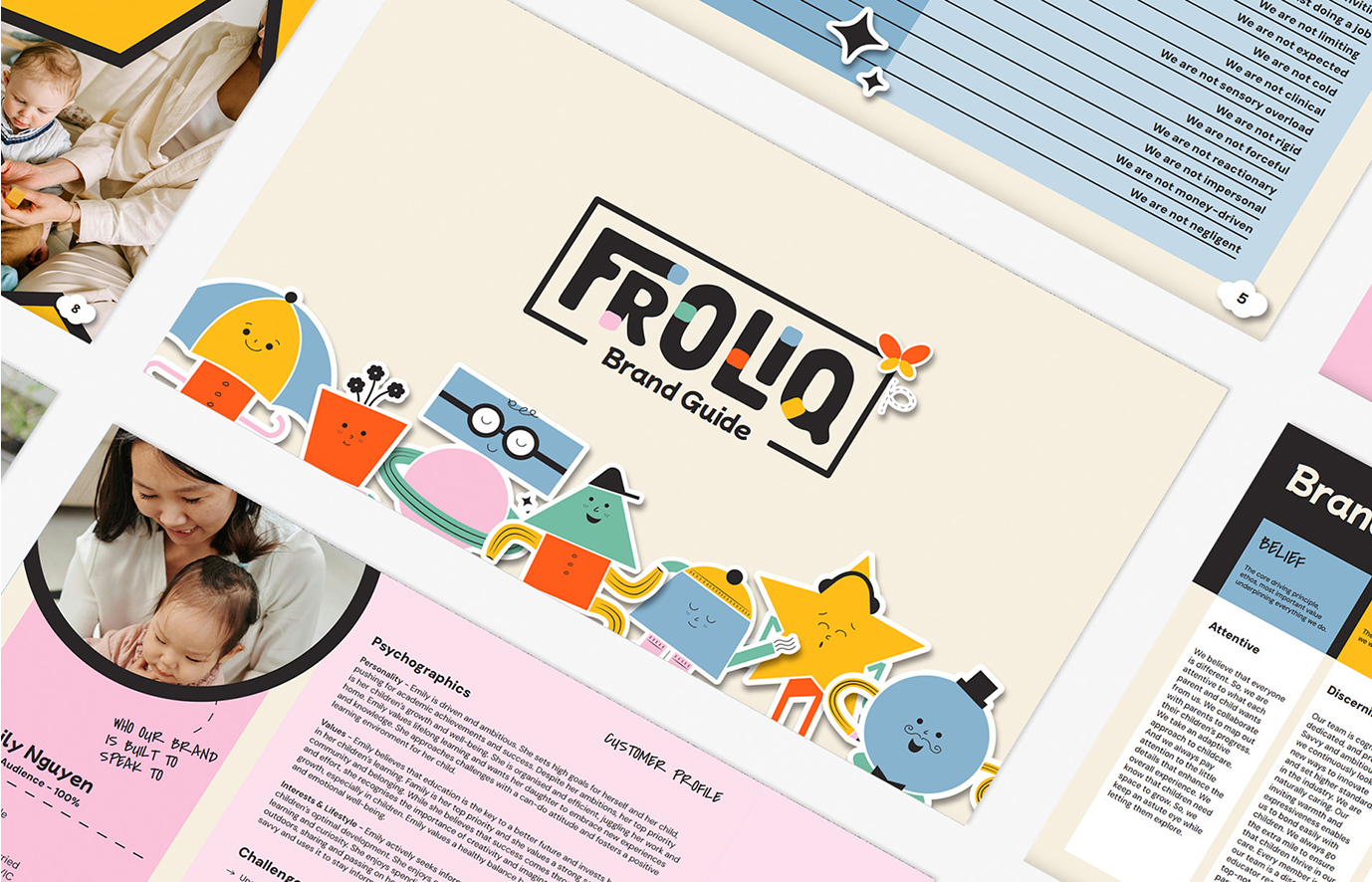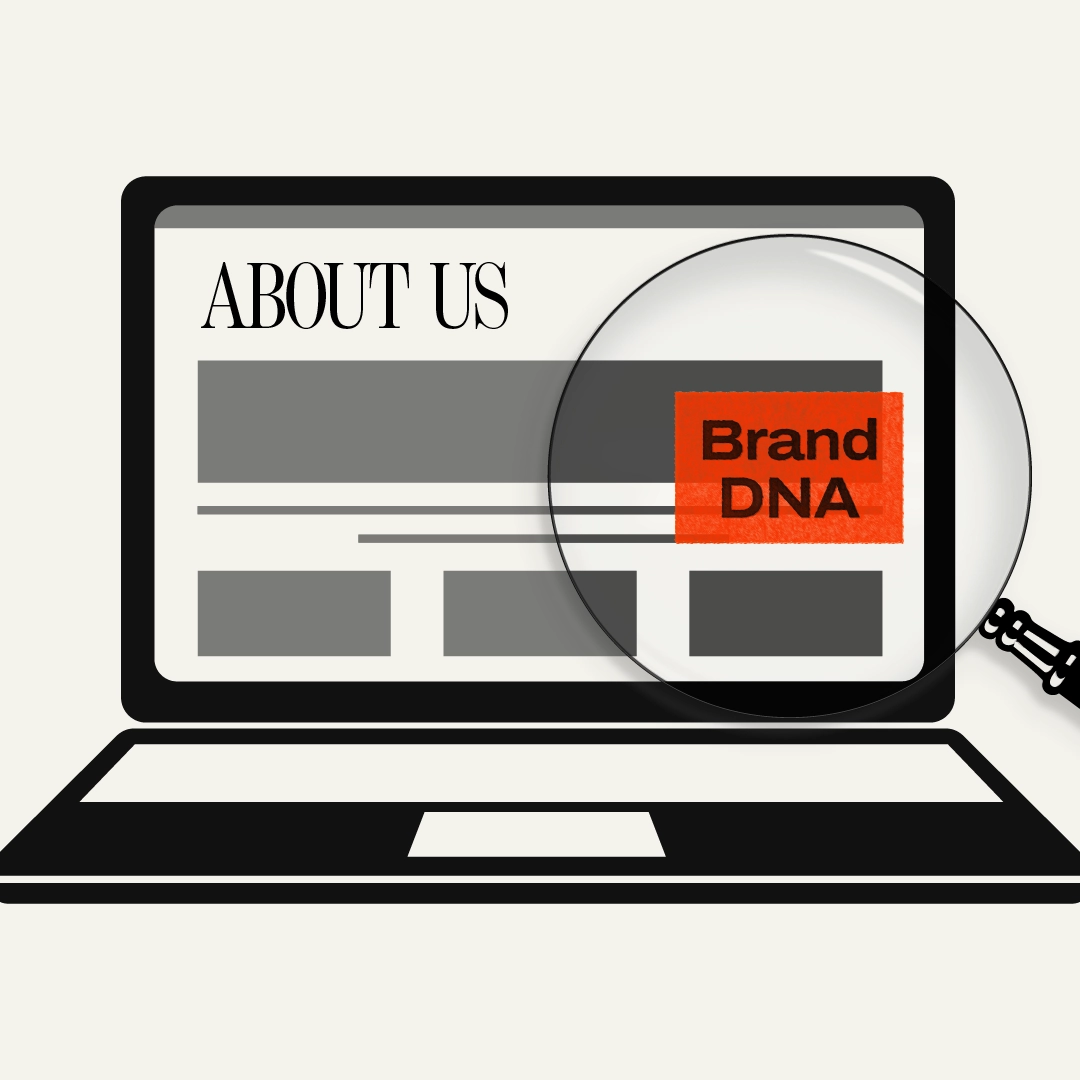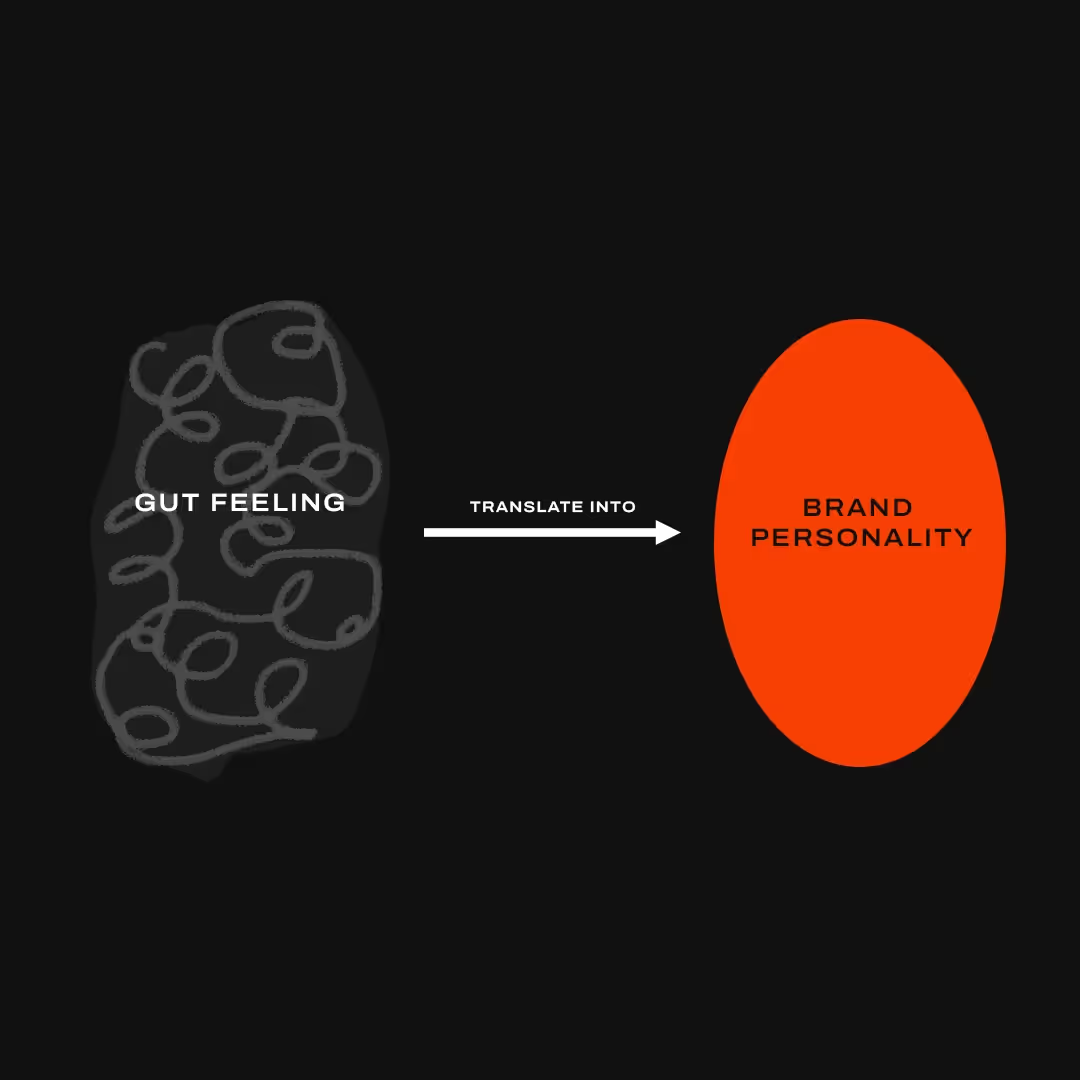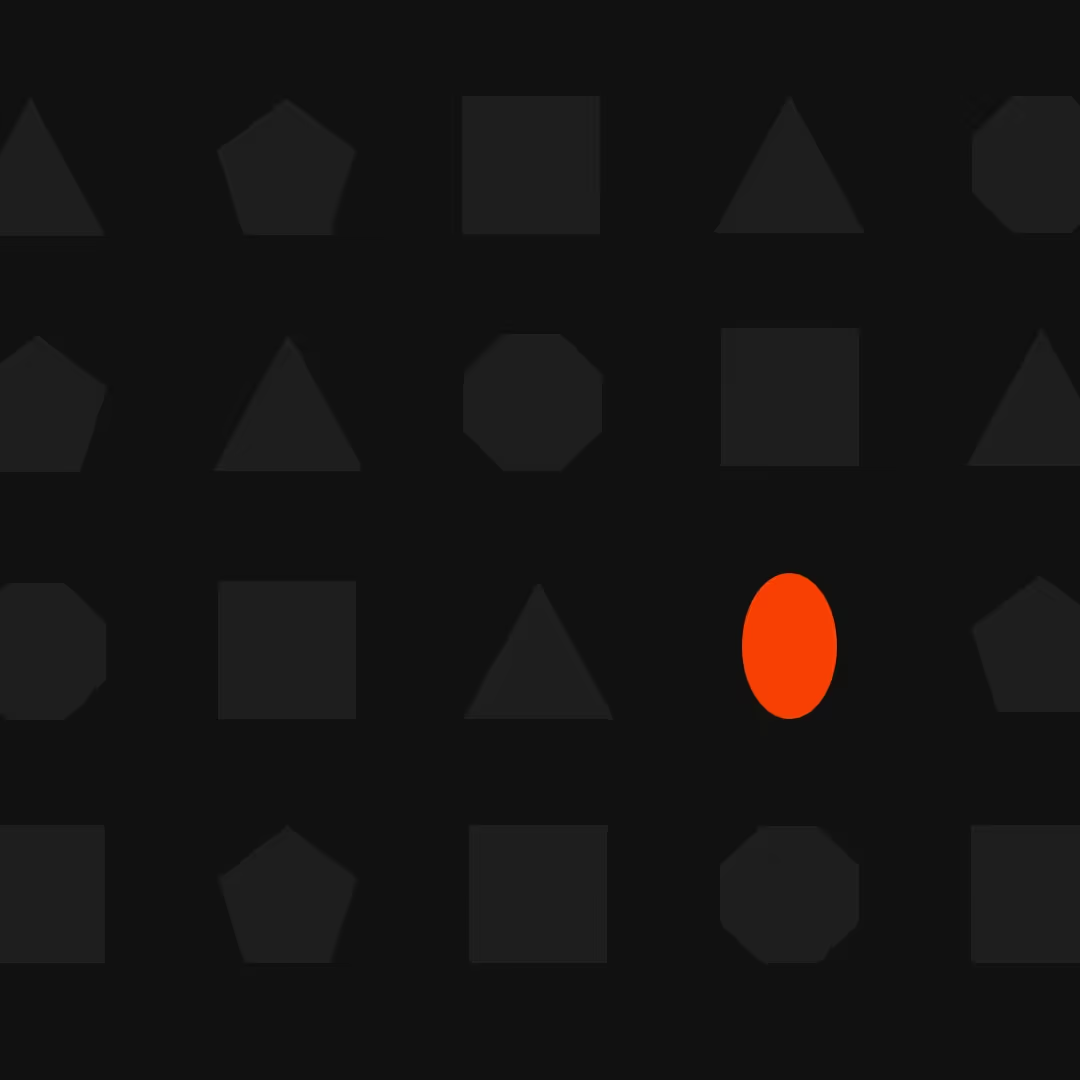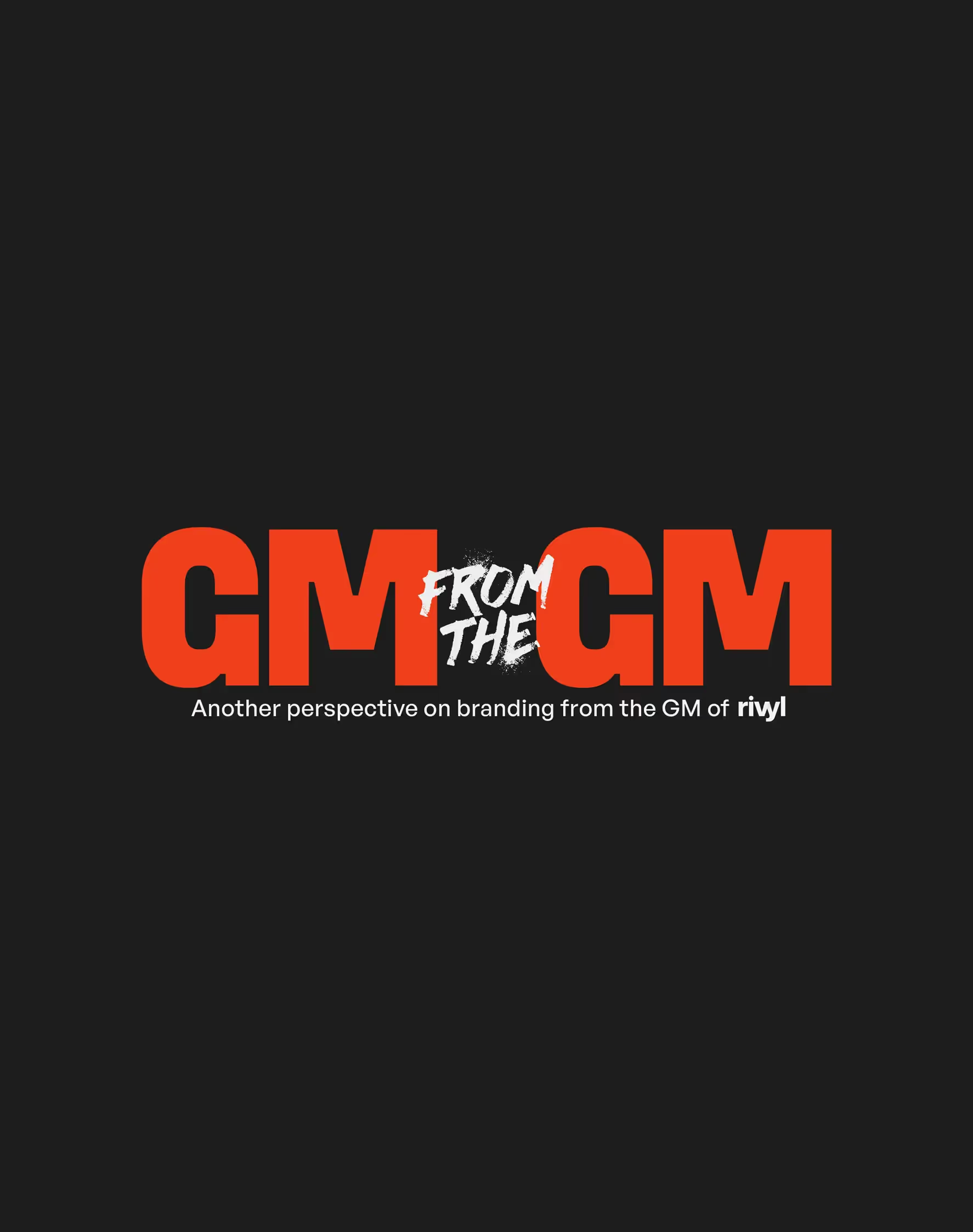The Role of a Web Designer: More Than Just Looks
Explore web designers' vital role in crafting stunning, functional websites. Uncover how design and functionality converge for a memorable user experience.


A web designer's role goes beyond creating visually appealing websites. Explore the importance of web design for functionality, user experience, and brand identity. Discuss how designers collaborate with developers and elements of good web design.
What is a web designer?
Web Designers specialise in crafting and assembling websites focusing primarily on the layout and aesthetics over backend systems. They utilise a diverse array of design elements such as fonts, graphics, photos, videos, and animations.
Explore the synergy of web design and development, revealing how they collaborate for remarkable websites. From aesthetics to functionality, discover key elements that distinguish exceptional designs. Delve into responsive design, accessibility, and SEO's impact, unraveling the true value of a web designer. Read on to unlock secrets for creating captivating websites and enhancing your online presence.

Web design is not just about making websites look nice and colorful. It's also about making sure that websites are functional, well structured, optimised, and accessible. In today web-crazy world, having a robust and solidly-designed website is a huge deal because it helps businesses and individuals stand out online and attract and keep customers.
A website is vital to being successful online. It's a representation of who you are and what you do that is accessible to billions of people on Earth. If you have something that powerful in the palm of your hands and at your fingertips, it would be wise and prudent to ensure that it is well-crafted, well-designed, and well-executed.
Web designers are the cool cats who make it all happen. They bring your ideas to life using their creative and techie skills. They know how people behave online and create designs that make navigating your site a breeze.
Web design constantly changes, so designers must keep learning and staying on top of the latest trends. The small details matter, and staying ahead of the game makes a big difference. Every website design is a chance to create an experience that blows people away and leaves a lasting impression.
Web Design vs. Web Development: The Differences
Web design and web development are like a dynamic duo that team up to create mind-blowing websites. They each bring their unique skills to the table, like a tag team ready to conquer the digital world.
Picture web designers as the creative masterminds behind the visuals. They're the Michaelangelos of the internet, transforming ideas into eye-catching designs. Armed with wireframes and mockups, they create a canvas where colors, fonts, and images come to life. They carefully craft an experience that captures attention, ensuring everything looks cohesive and drool-worthy. They think about branding and user experience to create an online haven that visitors won't want to leave.
On the other hand, web developers are the tech wizards making the designs functional and interactive. Think of them as the code warriors who battle it out to bring designs to life. Armed with HTML, CSS, and JavaScript, they combine the behind-the-scenes magic that makes a website work. They ensure the website plays nice with different devices and browsers, optimizing performance and accessibility. They tackle the nitty-gritty tasks, like integrating databases and scripting, to ensure things run like a well-oiled machine.
Creating a fantastic website is a collaboration that would make Batman and Robin proud. Web designers and developers work shoulder to shoulder, exchanging ideas and feedback to create something epic. They're on a mission to create websites that don't just look pretty but also provide an experience that blows minds. They aim to make visitors fall head over heels, exploring every nook and gap and returning for more.
Web designers are the artistic rock stars who make websites visually stunning, and web developers are the technological maestros who make everything run smoothly. Together, they create websites that leave people in awe and make the internet an exciting and captivating place to be.
Elements That Make Up Good Web Design

Aesthetics matter. We're talking colors, fonts, images, and layout. These elements create a vibe and set the mood for your website. Colors can make people feel certain emotions, fonts bring attitude, images make it visually attractive, and the layout makes sure it's easy to navigate.
Take a peek at the Louis Vuitton website, and you'll see what I mean. It's all about luxury and sophistication. The colors are sleek and classy, like black and gold. The fonts are elegant, adding that a classy touch. These visual elements work together to create a high-end atmosphere that matches the LV brand.
But it's not just about looking pretty. Functionality plays a significant role, too. It's all about how users interact with your site and find what they're after. This means making it work flawlessly on different devices, having an interface that's easy to use, and clear buttons and links for smooth navigation.
Louis Vuitton's website nails functionality, too. They have all these interactive features, like zoomable product images and videos, so you can scrutinize every detail before splurging. They even give you personalized recommendations and a search function that's super chill to use. The site is designed to be a cinch to navigate so you can explore different sections effortlessly.
The magic happens when design and functionality combine like peanut butter and jelly. It's not about looking good or working well; it's about both! A visually stunning website is useless if the functions don't work. Conversely, a super usable website might fail if it looks dull and forgettable.
Whether building a website or browsing the web, remember that the best is a delicious blend of killer looks and smooth functionality. It's about finding that perfect balance where design meets user-friendliness to create an unforgettable experience.
Exploring Responsive Web Design

Responsive web design: the real deal for making websites look fantastic on any device. That means your website adapts and responds to all screen sizes, from desktops to tablets and smartphones. No more worrying about different versions for different devices. It's all about streamlining maintenance and giving users the best experience.
Being responsive means your website rocks readability, accessibility, and easy navigation on any screen. You want users to refrain from squinting at tiny text or struggling to find what they need. Plus, it's about more than just user-friendliness. Responsive design also significantly affects search engine optimization (SEO).
Did you know that over half of web traffic comes from mobile devices? We're glued to our phones and tablets, making it essential to nail that browsing experience. The New York Times gets it. Their website is responsive like a boss, adapting seamlessly to any device. You can read articles, check out multimedia content, and navigate like a breeze, whether on a big screen or a tiny one.
And here's a pro tip: Google loves mobile-friendly websites. They make it a ranking factor. You might miss some serious visibility and organic traffic if your site isn't mobile-friendly. Google's Mobile-First Indexing is all about prioritizing the mobile version of a website when it comes to search rankings. So, by having a responsive design, you're pleasing users and boosting your SEO. The BBC knows this. Their website rocks responsive design, adapting smoothly to any screen, device, and orientation. They're killing it with high visibility and search rankings on all platforms.
Responsive web design is the way to go if you want to make it in this digital world. Cater to those mobile users, optimize your online presence, and watch that engagement and conversion rates soar.
The Role of Accessibility in Web Design

Web accessibility is all about designing and developing websites everyone can easily access and use, especially people with disabilities. We're talking about people with visual, hearing, motor, or cognitive impairments who have just as much right to enjoy and navigate the web. It's about levelling the playing field and ensuring everyone can access information and services. And hey, it's not just about doing the right thing; it also boosts user engagement and experience, which is always a plus.
Now, there are tons of strategies to make a website accessible. It's all about designing with inclusivity in mind. For example, use clear and readable fonts, add captions or transcripts for videos, provide keyboard navigation options, and ensure the site is compatible with screen readers. These are just a few ways to make the web more welcoming.
Web accessibility isn't just about being nice. It also has a positive impact on SEO. Search engines want to ensure their users can find what they're looking for in a flash. So they consider how accessible a website is when ranking it in search results. It's all about rewarding sites that make accessibility a priority.
Here are some best practices to follow:
- Semantic HTML means using the correct HTML elements to structure your content. It makes it easier for some assistive tech, like screen readers, to understand and communicate what's on your site.
- Alternative text for images: Adding descriptive alternative text, or alt text, ensures that those with visual impairments can get the meaning of the images through assistive tech.
- Color contrast: Make enough contrast between text and background colors so your site is more accessible for people with visual impairments or color blindness.
- Keyboard accessibility: Some people may have mobility issues, so allow users to navigate and interact with your site only using a keyboard.
- Transcripts and captions: For multimedia content, like videos, include transcripts or captions so those with hearing impairments can access the content.
Accessibility is a big deal for user experience and SEO. When a website is accessible, it's like a smooth ride for all users, no matter their abilities. It's all about making browsing easy, reducing frustration, and leaving a dope impression on visitors.
Check out Apple; they nailed it with their commitment to accessibility. Their website has features like alt text (so you know what's up with the images), keyboard navigation (no mouse needed), and closed captions (for videos). It's all about including everyone and making the experience incredible.
Accessibility isn't just some buzzword. It's our responsibility to create an inclusive online experience. By making your website accessible from the get-go, you're ensuring everyone can access it, no matter what. That improves user experience and boosts SEO performance. Your site is going to be more visible and engaging for all.
Web Design Tools: An Overview

Web design tools are software or applications that assist designers and developers in creating and designing websites. These tools provide a range of features and functionalities to streamline the web design process and enhance designers' overall efficiency and productivity. They smooth out the whole process, so you can focus on making things look extraordinarily superb and function without messing around. These tools give you many features and options to personalize and make your websites uniquely yours.
These tools have completely changed the game. They let you unleash your creative genius and create mind-boggling online experiences that'll drop people's jaws. Web design is a rapidly evolving field with tools to help designers on their creative journey. Here are some popular ones:
- Figma: This one's all about collaboration. It lets multiple designers work together on the same project simultaneously. Whether you're in a small or large team, its cloud-based nature and real-time collaboration make it a winner.
- Webflow: Webflow is a powerful web design and development platform that operates within your browser. From initial concept to finished product, Webflow empowers you to create websites with ease. Build everything from simple landing pages to complex eCommerce stores, all with a completely visual interface.
- Adobe Creative Cloud: This suite is a total powerhouse with tools like Photoshop, Illustrator, and XD. They're perfect for graphic design, editing photos, and creating interactive prototypes.
When choosing a web design tool, keep these things in mind:
- Project requirements: Figure out what you need for your specific project. Choose the tool that suits your project's demands.
- Learning curve: Consider your comfort level and familiarity with the tool. Some tools may take more time and effort to learn, while others are more user-friendly immediately.
- Collaboration features: Are you working alone or with a team? If collaboration is vital, choose a tool that makes it easy to work together, communicate effectively, and keep track of different versions.
Remember, the web design tool you choose can significantly impact your project. The tool's features, capabilities, and workflow will directly influence the quality, efficiency, and overall look of your design.
As we close this one...
Isn't it intriguing how the role of a web designer goes beyond creating a visually appealing interface? Just as we've unraveled here, they're more like skilled stage directors of an unforgettable online show. They don't just paint the stage, they also craft the narrative, choreograph the movement, and tune the tempo for optimal user experience. The melody of colors, harmony of layout, rhythm of navigation - our unseen heroes ensure everything hits the right note. So, the next time you marvel at a captivating website, remember you've learned here. Underneath the sheen and gloss, there's a creative maestro orchestrating a seamless symphony of functionality, usability, and aesthetics. Now, doesn't that give web designing a whole new, fascinating depth?
You suffer needlessly. We can help. And not by giving you Xanax. We're the real deal.

The Accelerator
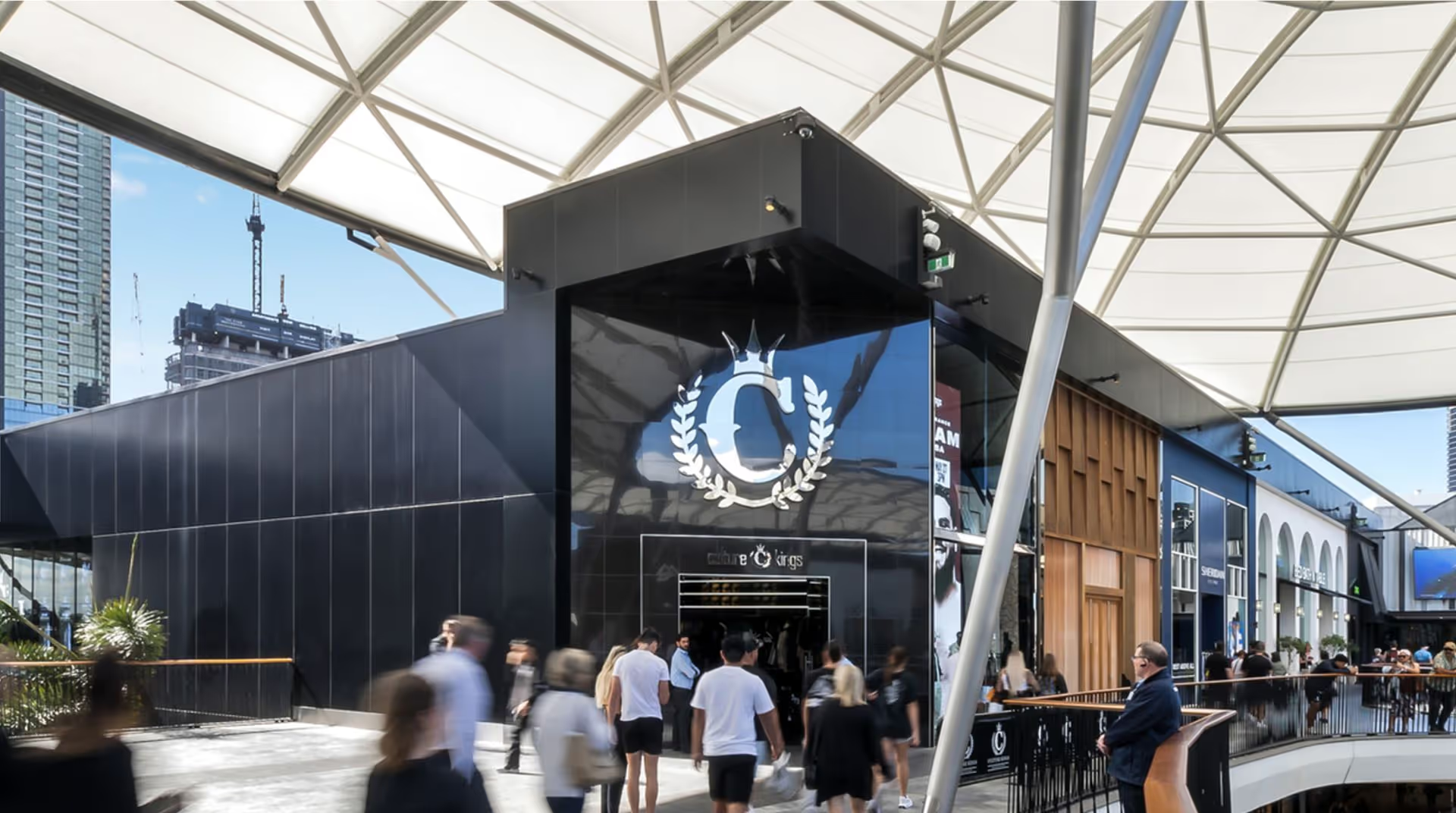
Building brands with powerful market presence
Leading Brands Choose us
Book in with one of our experts.
